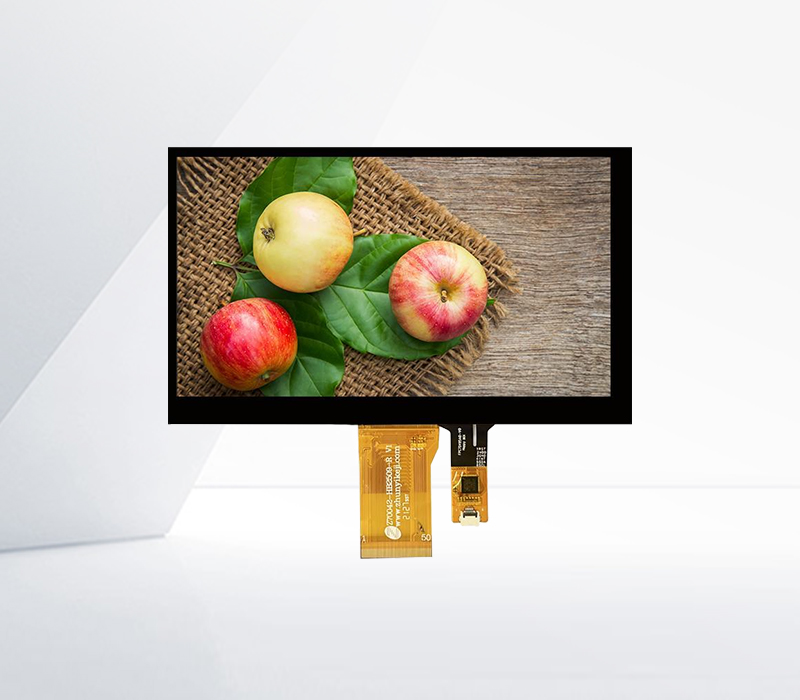




Waterproof LCD modules are specifically engineered to withstand exposure to water and moisture, making them essential in a wide range of applications where traditional LCDs would fail due to water ingress. The design and construction of these modules incorporate several key features to achieve their waterproof capabilities.
The most fundamental aspect is the enclosure. Waterproof LCD modules are encased in a rugged housing made from materials such as high - strength plastics or durable metals. These enclosures are designed with precise seals and gaskets at all joints, seams, and openings, including around the edges of the LCD panel, ports, and connectors. For example, O - rings are commonly used to create a watertight seal between different parts of the enclosure. The materials of these seals are carefully selected for their elasticity and resistance to water, ensuring a long - lasting and reliable barrier against moisture. In addition, the housing is often designed with a sloped or curved surface to prevent water from pooling on the module, further enhancing its waterproof performance.
Another important feature is the use of waterproof coatings on the internal components of the LCD module. The printed circuit boards (PCBs) and electronic components are coated with a special protective layer that repels water and prevents it from causing short - circuits or damage. This coating can be applied through various methods, such as dip - coating or spray - coating, and it provides an additional layer of protection in case water manages to penetrate the enclosure. Some advanced waterproof LCD modules also use conformal coatings, which form a thin, continuous film over the components, offering excellent protection against moisture, chemicals, and dust.
Waterproof LCD modules are rated according to international standards such as the Ingress Protection (IP) code. An IP67 - rated module, for instance, can be submerged in water up to 1 meter deep for 30 minutes without any harmful effects. This rating system helps users select the appropriate waterproof LCD module based on their specific application requirements. These modules are widely used in outdoor displays, marine equipment, and industrial control panels in wet environments. For example, in outdoor digital signage in areas with high rainfall, waterproof LCD modules ensure that the display remains operational and legible even during heavy downpours. In marine navigation systems, they can withstand the harsh marine environment, including saltwater spray and high humidity, providing reliable information to sailors and navigators.
